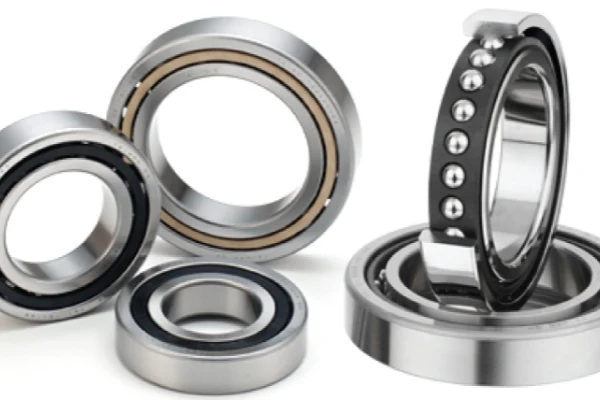
Bearing Cross Reference Tool for Engineers and Purchasers
Easily cross-reference bearing part numbers to find compatible replacements from multiple brands with our bearing cross reference tool and expert support.

Easily cross-reference bearing part numbers to find compatible replacements from multiple brands with our bearing cross reference tool and expert support.

This article lists 10 free industrial bearing interchange tools and one paid tool. They can help you change your bearing’s brand.

Compare ceramic bearings and coated insulated bearings for performance, cost, and durability. See which coated insulated bearings fit your application best.
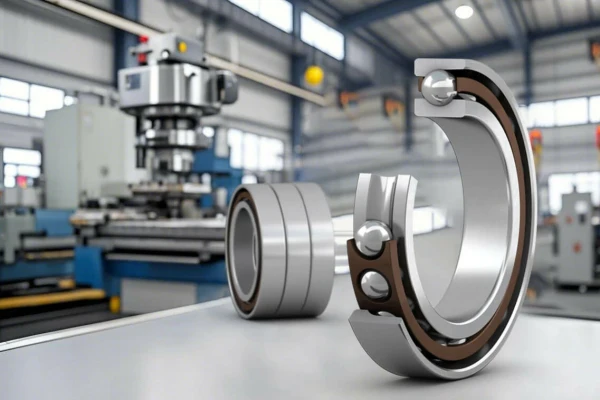
Choose the right angular contact bearings for 5-axis CNC machines by matching load, speed, and precision needs to boost accuracy and extend machine life.
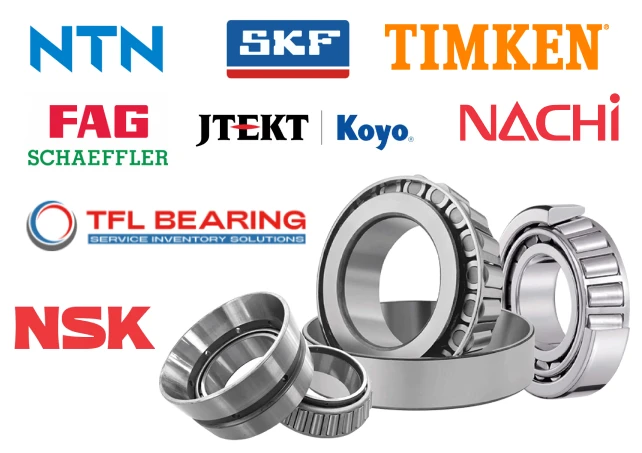
Compare 8 top roller bearing suppliers for tapered roller bearings. See strengths, product range, and service to choose the best fit for your business.
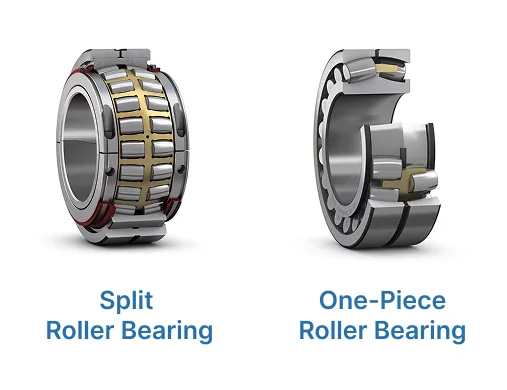
Split roller bearing offers faster installation and easier maintenance than one-piece roller bearing, making it ideal for hard-to-access or critical equipment.
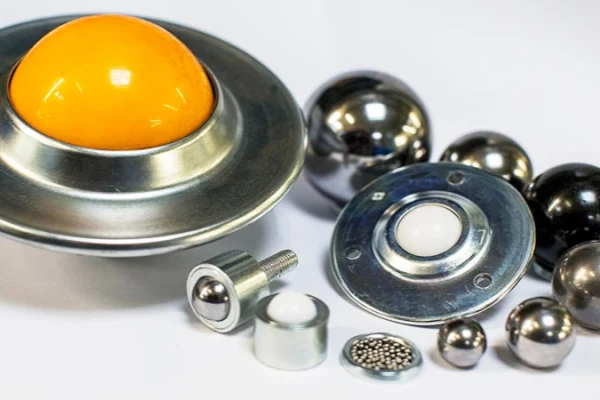
Ever wondered what makes heavy equipment glide effortlessly? It’s often the humble roller ball caster! Dive into the mechanics of these small but mighty components that enable seamless multidirectional movement.
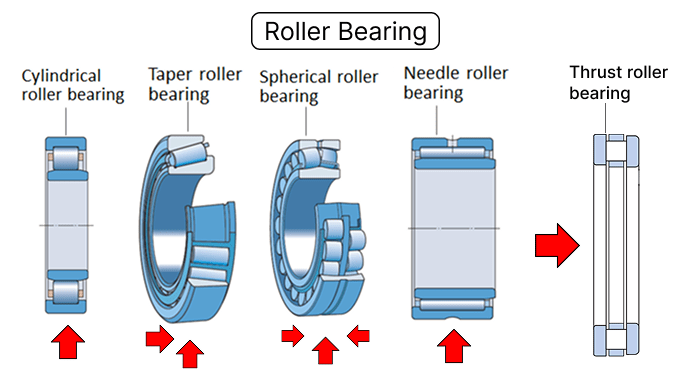
Use this checklist to select roller bearing suppliers, covering quality, certifications, support, and pricing for reliable, long-lasting machine performance.